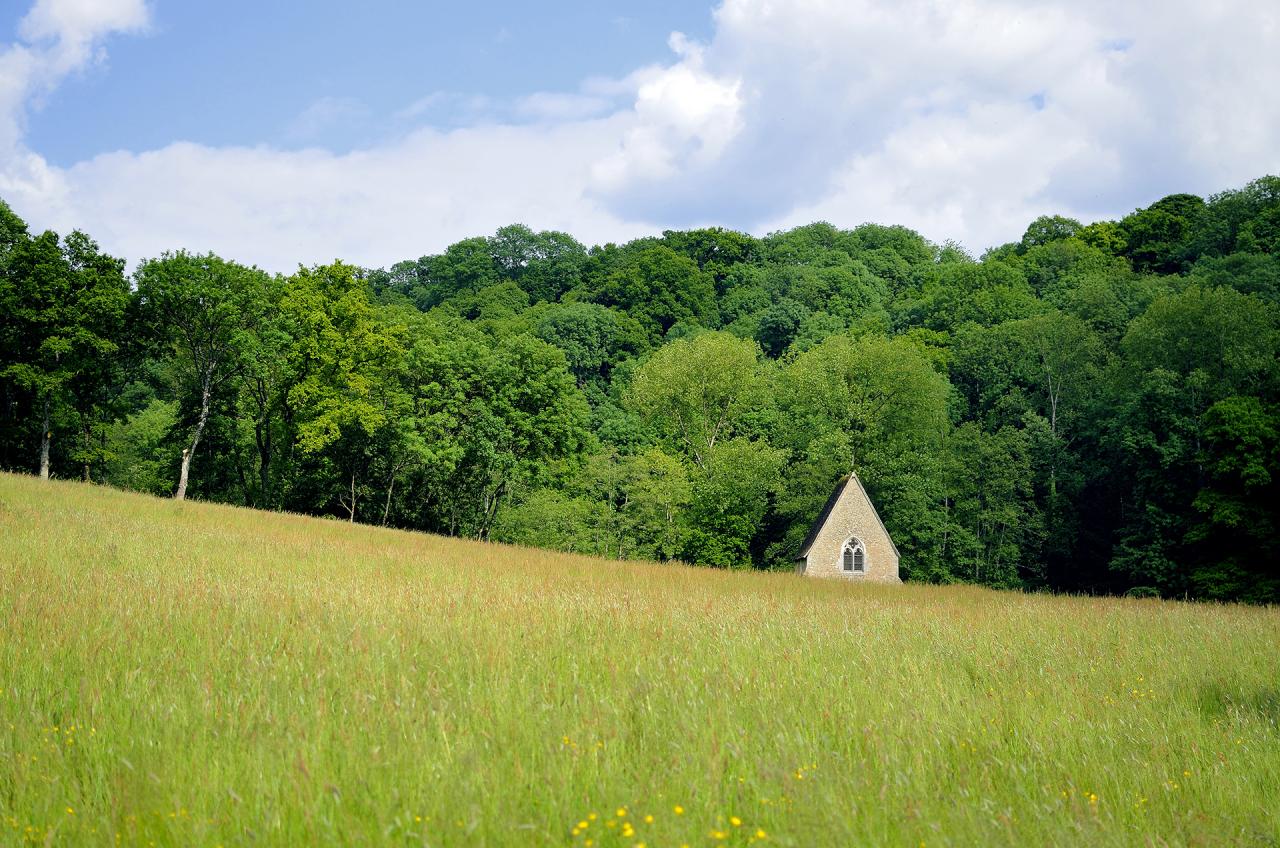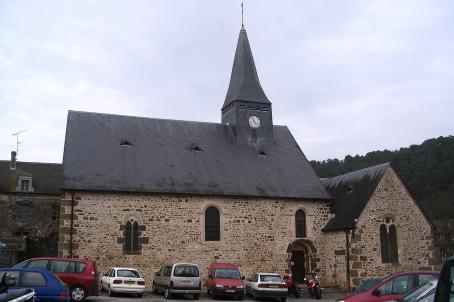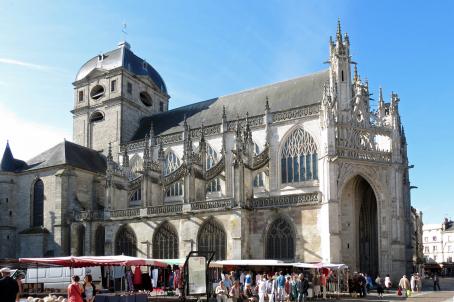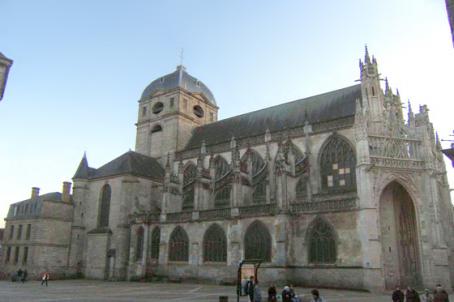Chapel of the Little Saint-Céneri
The chapel was built towards the end of the 14th century or at the very beginning of the 15th on the site where Saint Céneri is said to have built his shelter. In Gothic style, it blends perfectly into the landscape.
About this building
The chapel was built on the site of an old oratory from the 12th century. Inside, to the left of the altar, there is a block of stone called "the saint's bed", in which some archaeologists have wanted to see a lying menhir. Its frame is made of chestnut, a wood commonly used in construction because it is rot-proof and repels spiders and other parasites. This type of framework is found in the nave and the choir of the church, the choir being covered with recently updated polychrome drawings.






